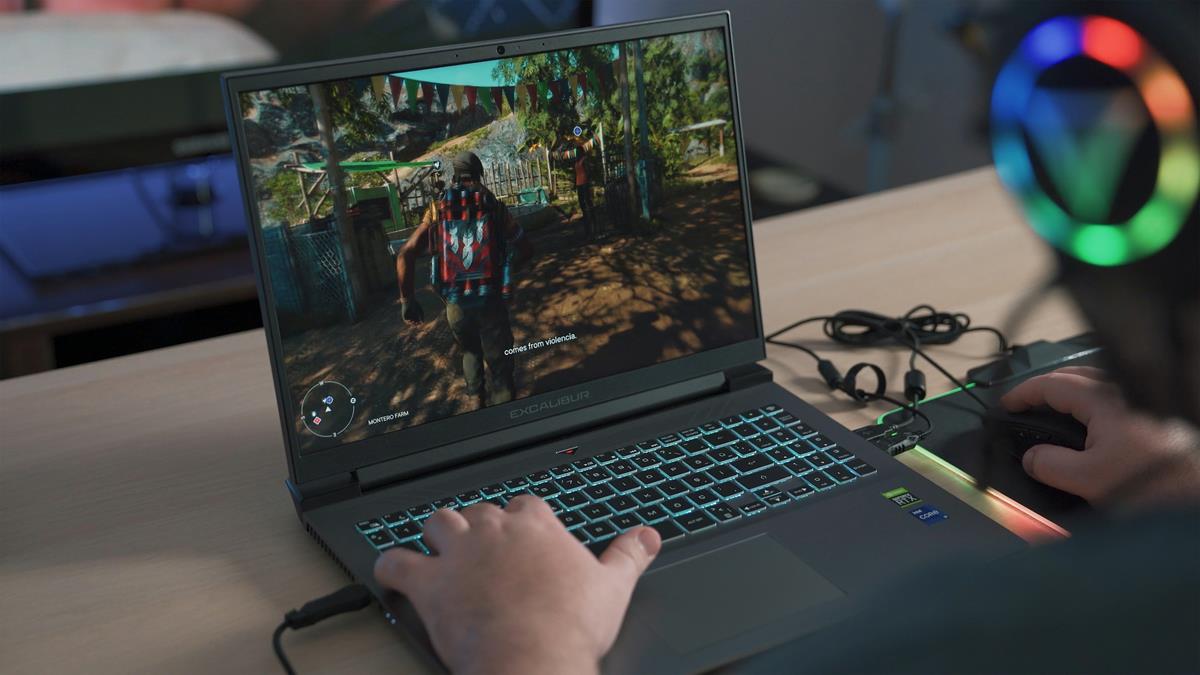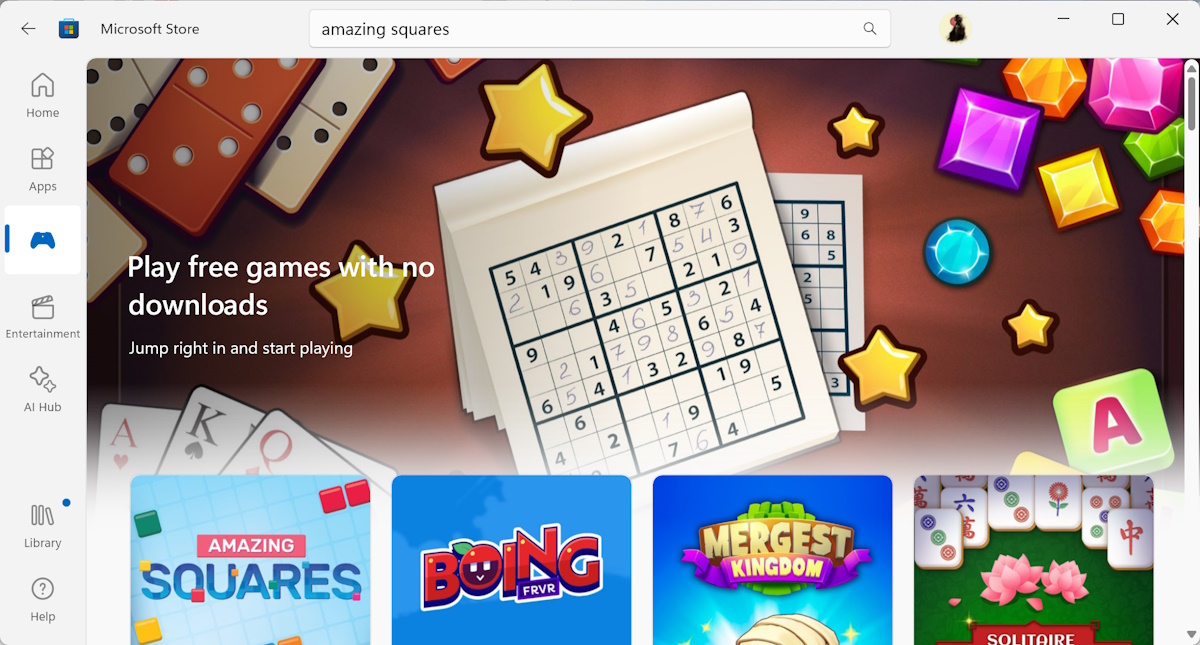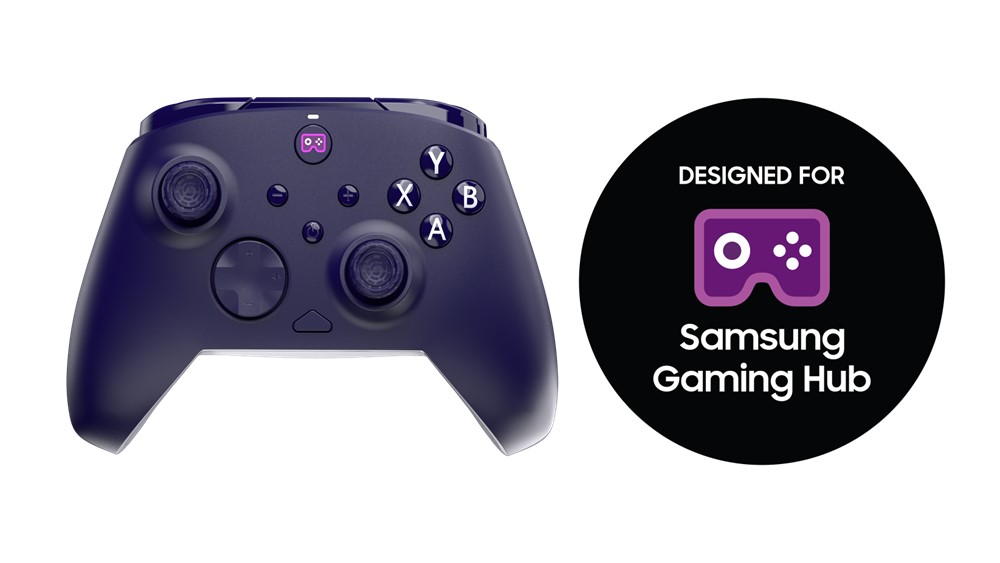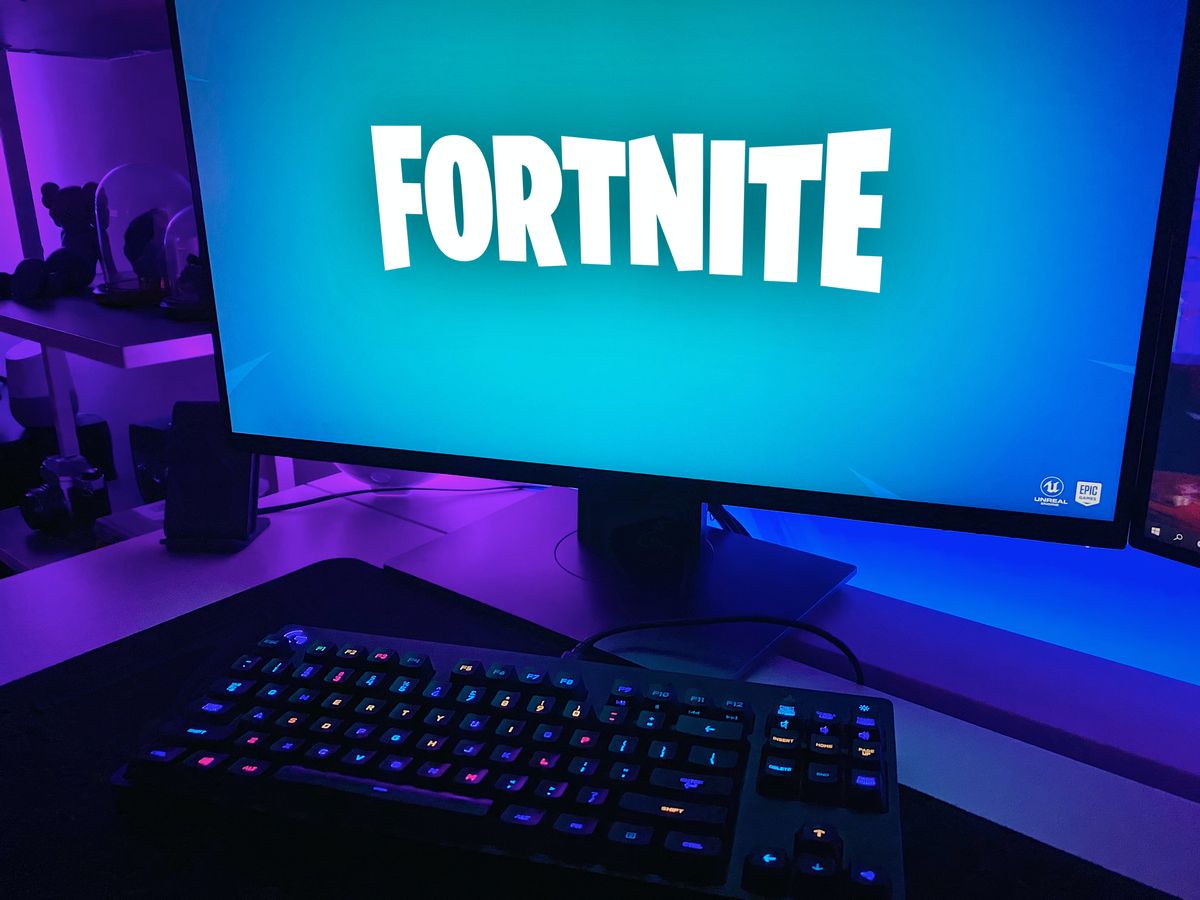Street Fighter 6 Frame Data system explained
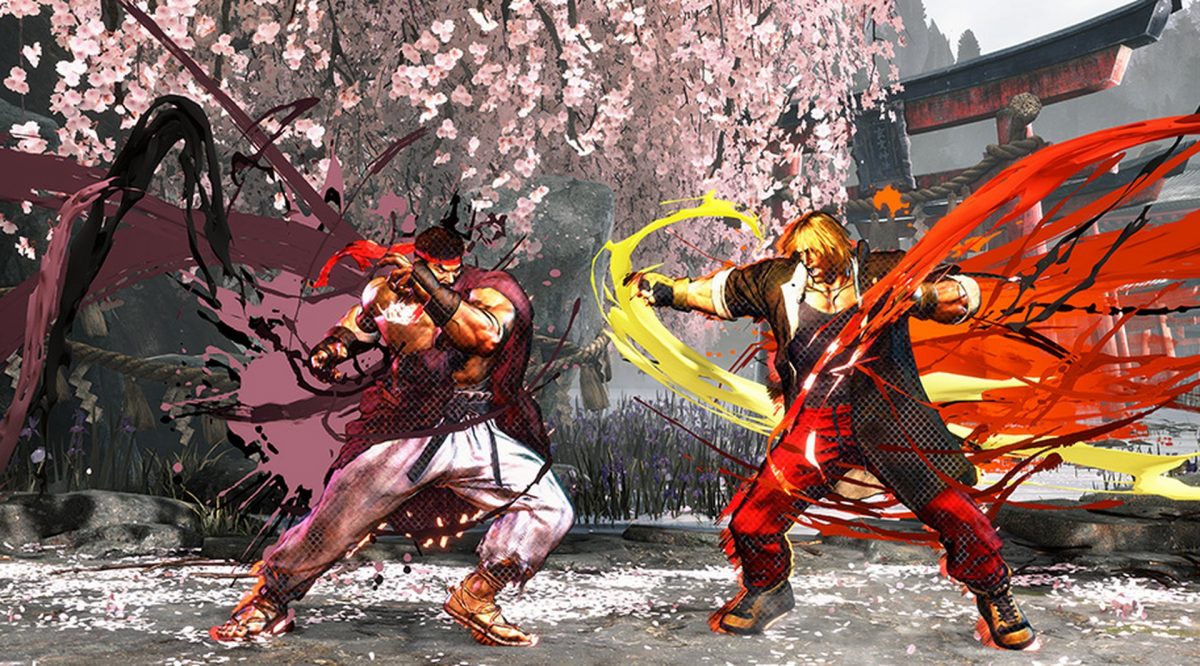
Frame data, a crucial element in Street Fighter 6's training mode, has emerged as a valuable asset for players aiming to elevate their combat prowess.
Capcom, the game's developer, has introduced Street Fighter 6 Frame Data specifically to assist competitive players in honing their skills and gaining an edge over their opponents.
By comprehending the frame meter and leveraging the insights it provides, players can effectively dominate battles and showcase their superior abilities.
What is Street Fighter 6 Frame Data system?
The frame meter found in Street Fighter 6 meticulously represents each individual frame. When observed in slow motion, one can discern the subtle changes in fighter animations aligned with each frame displayed in the meter.
To grasp the significance of the Street Fighter 6 Frame Data system and the frame meter, it is essential to establish a fundamental understanding of a "frame" in the context of fighting games.
The official Street Fighter Twitter account explains the Street Fighter 6 Frame Data system like this:
Here's an explanation on The Frame Meter and You. pic.twitter.com/uDqZFvFxFP
— Street Fighter (@StreetFighter) September 16, 2022
What does frame mean in fighting games?
Essentially, a frame constitutes the smallest unit of time that amalgamates to form an animation. Street Fighter 6 operates at a default rate of 60 frames per second, provided the system requirements are met.
This means that within each second, 60 frames intricately portray various animations such as walking, attacking, jumping, and blocking.
Types of frame meters in Street Fighter 6
Street Fighter 6 Frame Data system serves as a repository of information about the number of frames required to execute specific types of movements in the game. It divides each movement into distinct sections or types, providing players with a comprehensive understanding of the mechanics.
When two characters engage in battle, they execute different moves, each necessitating a unique number of frames for complete execution.
Every move documented in the frame data comprises three crucial frame stages:
- Startup Frame
- Active Frame
- Recovery Frame
Startup Frame
This initial movement sets off the attacking animation. The number of startup frames typically depends on the type of attack being performed, with heavy attacks consuming more startup frames and leaving the attacker vulnerable.
In the Street Fighter 6 Frame Data system, the startup frames are denoted by green boxes.
Active Frame
During this frame, the character grabs or attacks the opponent, inflicting damage if they are within range. Quick punches or kicks possess fewer active and startup frames, while heavier attacks require more frames.
In the Street Fighter 6 Frame Data system, the active frames are represented by the red section.
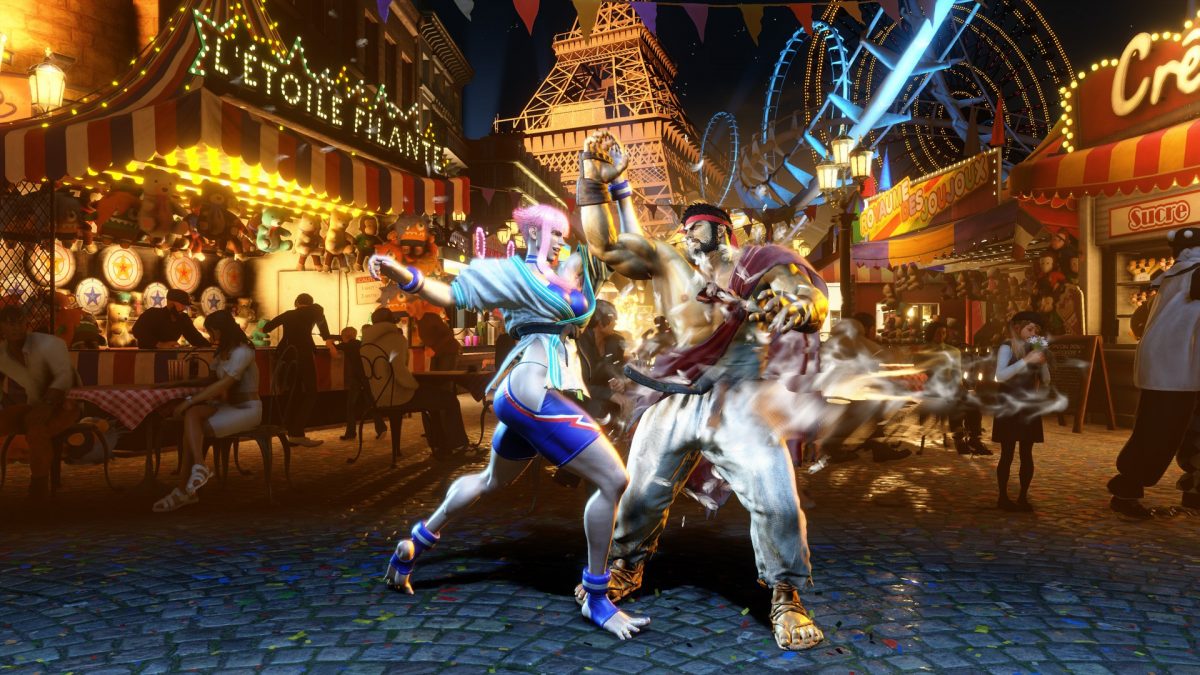
Recovery Frame
This swift cooldown period occurs after successfully landing an attack. During the recovery time, the character is vulnerable and unable to execute any moves. The heaviness of the attack directly influences the duration of the recovery frames.
This stage signifies the character's return to a neutral state after an attack and is represented by blue boxes in the frame meter.
Advantages and disadvantages of frame data in SF6
In Street Fighter 6 Frame Data system, frame advantages and disadvantages can be determined by analyzing the frame numbers. A positive number signifies a frame advantage, enabling the player to act before their opponent returns to a neutral state.
Conversely, a negative number indicates that the opponent will recover more swiftly, potentially leaving the player vulnerable to attacks.
For instance, a +5 frame advantage means the player can act 5 frames ahead of their opponent, allowing for punishing maneuvers.
On the other hand, a -5 frame disadvantage implies susceptibility to attacks for the next 5 frames until recovery.
The frame advantage or disadvantage primarily depends on the startup and recovery frames of an attack. These two phases pose risks of being caught off guard if the opponent's attack possesses fewer startup or recovery frames.
The advantage a player gains hinges upon the type of attack they choose to employ in a given situation. To determine the frame advantage, one can compare the frame meter of both players when executing a move and identify which character's move proves faster than the other.
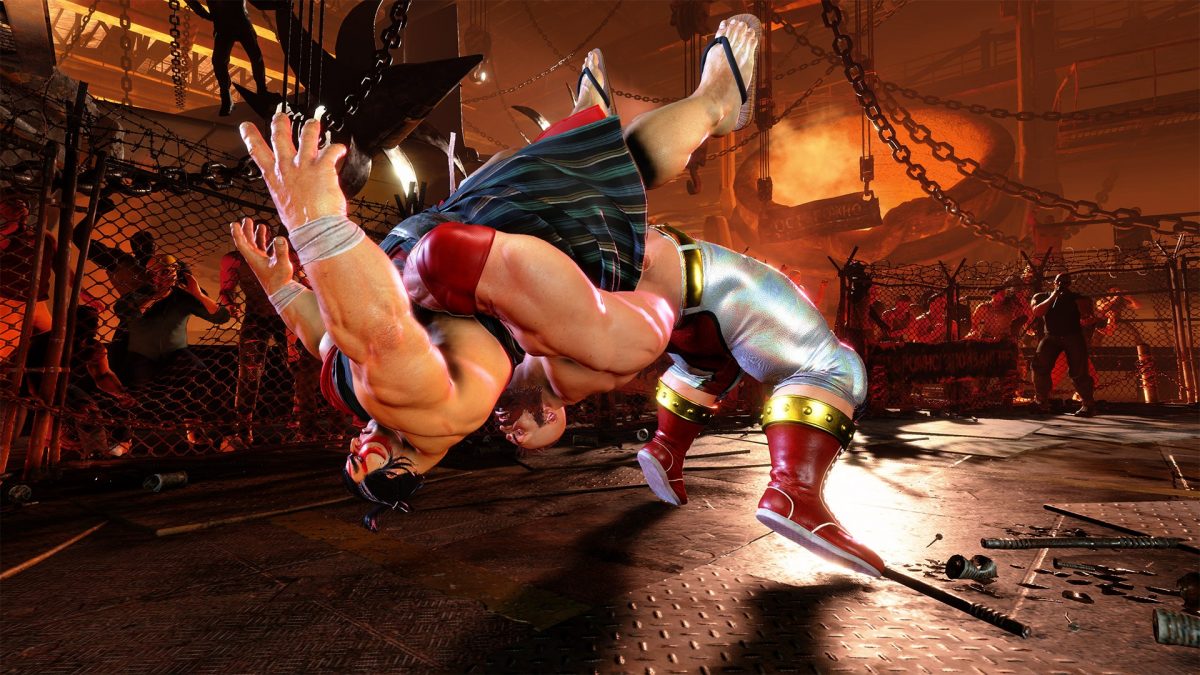
On-hit advantage and on-block situations
Achieving excellence in Street Fighter 6 requires a profound understanding of the movement frames associated with most fighters. By ûsing frame knowledge, players can gain an edge over their opponents with an on-hit advantage.
If both players initiate an attack simultaneously, the one with fewer startup frames is more likely to land a successful hit due to frame advantage. During the player's attack, a yellow bar appears in the opponent's frame meter, representing the "Hit Stun" period, wherein the opponent is unable to perform any moves.
If the player's recovery frames are fewer than the hit stun frames, they maintain an advantage and can execute a follow-up attack with startup frames less than the hit stun period, resulting in a successful hit.
On the other hand, on-block situations occur when a player successfully blocks an attack and recovers faster than the opponent, preventing them from returning to a neutral state.
If the opponent dodges or blocks a heavy kick, for instance, the player will be at an on-block disadvantage, as the opponent recovers more swiftly.
In such instances, the opponent can initiate any attack with startup frames of 6 or fewer to successfully land a hit.
Additional frame types in the frame meter
Beyond the three primary frame stages, the frame meter encompasses several other frame types that provide further information about various attack categories, including aerial attacks and projectiles.
Let's briefly explore these additional frame types:
Invincibility Period: Certain characters possess moves accompanied by an invincibility period, during which they cannot be harmed. For example, Ryu's Dragon Punch in the frame data exhibits an invincibility duration of 3 frames. These invincibility frames are depicted with white and grey striped boxes, signifying the player's invulnerability.
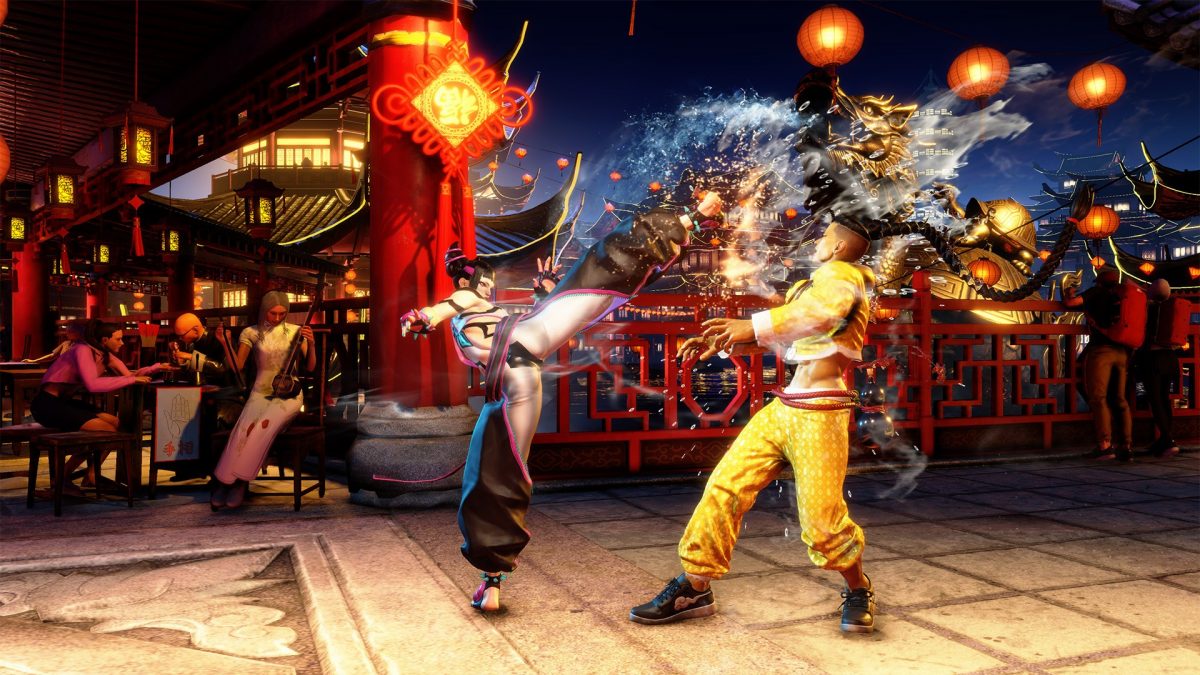
Strike Invincible Period: Some characters possess moves that can only be cancelled by projectiles. Strike Invincible Frames denote a period during which the player cannot sustain damage from strike attacks but remains susceptible to projectile attacks. These frames are illustrated by white and red stripes on the frame meter.
Projectile Invincibility Period: Projectile Invincible Frames represent the duration in which the player remains impervious to damage from projectile attacks but remains vulnerable to strike attacks. These frames are denoted by yellow and white stripes on the frame meter.
Final thoughts on Street Fighter 6 Frame Data
Understanding frame data in Street Fighter 6 confers a significant advantage during fights and combats, particularly for those aspiring to compete at the highest levels. Normal attacks typically exhibit startup frames ranging from 3 to 12, contingent upon the specific type of attack initiated.
Throws and projectiles generally have 5 frames, while special attacks and combos can vary from 3 to 60 frames.
By delving into the intricacies of frame data and mastering its nuances, players can elevate their gameplay, make strategic decisions, and outshine their opponents on the virtual battlefield. Get Street Fighter 6 via the link here, if you don't want to miss out on 2023's greatest fighting game!
Advertisement
